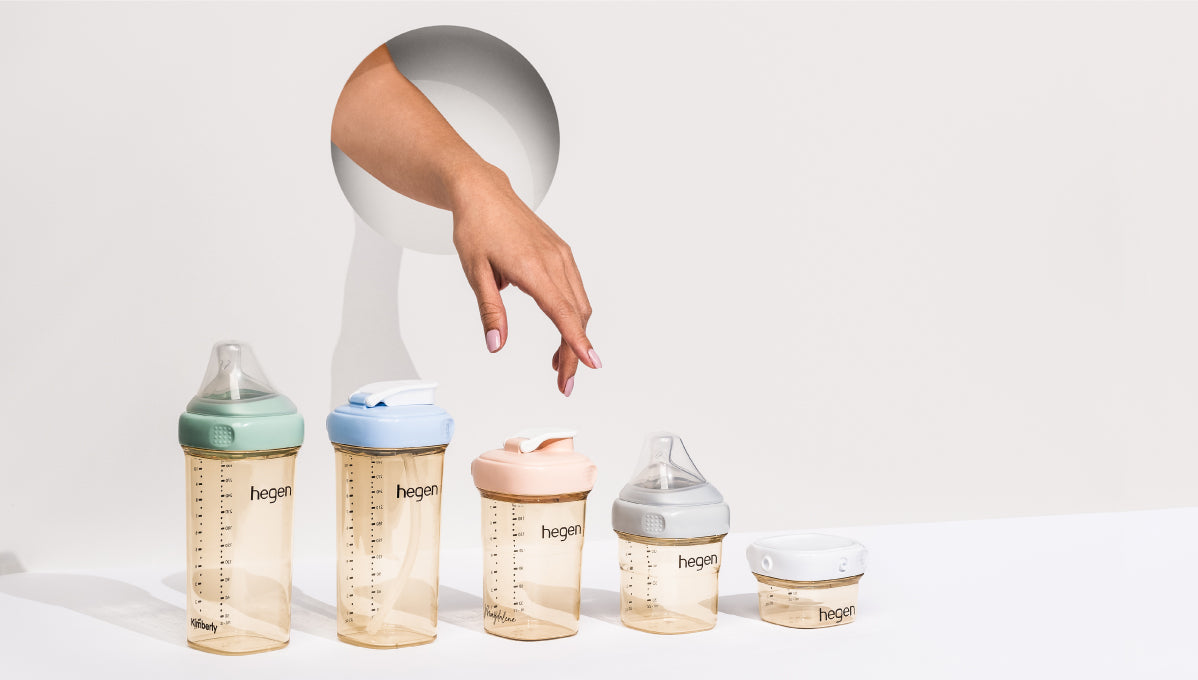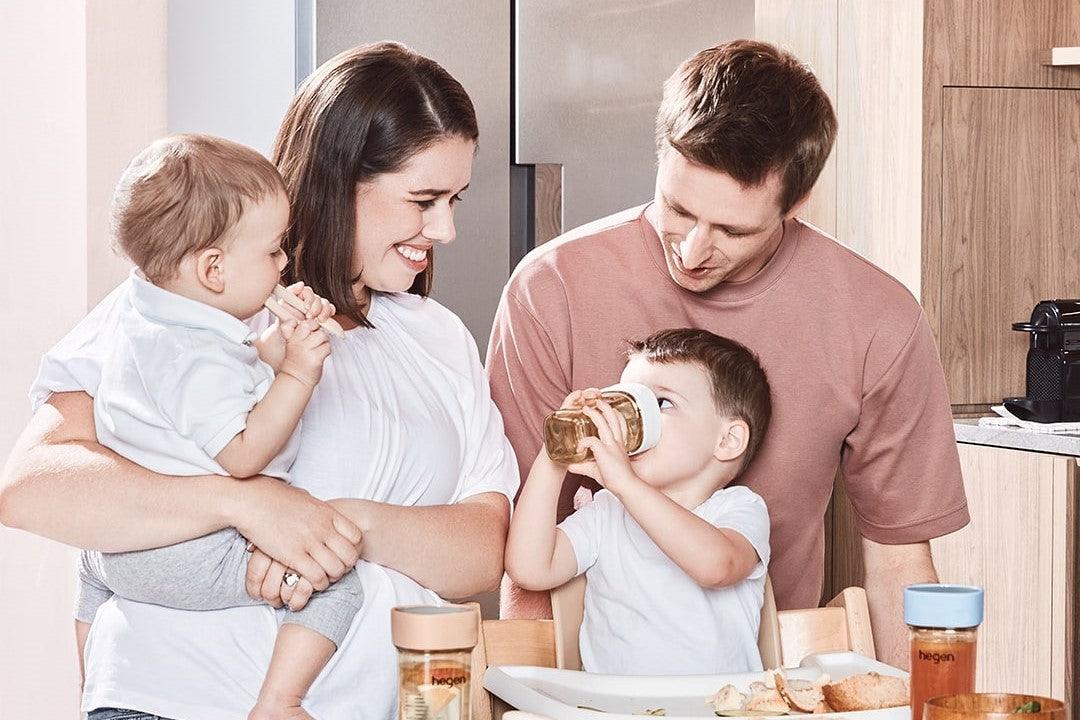Breastmilk is the only food that is exclusively tailored to your baby alone through a mystery combination of minerals, proteins, vitamins and long-chain fatty acids that is designed to be “just right”.
As they grow and develop day by day, fall ill and recover, your breastmilk changes and adapts to whatever’s needed. Be it to develop a healthy digestive system or protect against illness (because Mummy has caught a cold), your breastmilk is like the all-you-need prescription for your babe.
So more than just bonding with your baby through the act of nursing, many Mums look to breastmilk as the gold standard to ensure their children’s well-being and health from Day 1.
Healing properties of breastmilk
The miracle of the human body is wondrous in its infinite natural wisdom. Successful breastfeeding keeps baby full and sated, and also by feeding countless intestinal microbes to keep baby’s gut healthy.
A breastfeeding mother’s body is also able to deduce when antibodies are most needed and increase production of immunity components to help ward off infection or speed up healing. For example, in a study where both mother and child were sick, the white blood cell count jumped by 64% and when just babies were ill, still increased by 13 times.
Breastmilk has also been proven to be highly responsive in terms of anticipating possible ill-health in a baby with fearsome accuracy. In a study of the immune proteins lactoferrin and immunoglobulin concentration in mothers’ milk, it was found that levels for both were found in high concentration in the weeks before and after an infant was sick.
But how is a breastfeeding mother’s body made aware of the changes needed and what chemical compositions should be ramped up in production? Researchers believe that the sick baby’s saliva that travels back via the mammary glands into the mother’s body while latching carries the information needed, as well as perhaps the pathogen of the illness. This triggers the changes in breastmilk composition to accommodate the fight response needed.
In fact in these times of COVID-19, it might be a relief to know that secretory hormone IgA, which plays a significant role in the defense against the virus – is also highly present in breastmilk.
So if your baby is bottle fed as well as breastfed, make sure that you strike a right balance in doing both; so that you keep your breastmilk in tune with baby’s needs.
As different as night and day
The intricacies (and usefulness!) of a mother’s milk is customised does not stop with antibody production. The timing of latch also sends a message to your body as to how “bespoke” the composition of milk needs to be. Breastmilk also contains the sleep hormone melatonin and amino-acid derived tryptophan. Studies show that the levels found in night-time milk are higher than in day-time milk samples and also change throughout the gestational age of the infant as sleep cycles begin to regulate.
Mothers who are feeding more than one child at the same time may be wondering if the milk being produced by her body is suitable for both. It has been recorded through a lactation study of bovines and macaques that breastmilk for females in slightly larger quantities while slightly less for males but with a richer fat content. Apart from “gender-biased” breastmilk, scientists are realising that breastmilk differs not just from mother to mother but can even occur with the same mother feeding different babies across their age development.
Further theories
Breastmilk is still so much of an enigma that scientists are still discovering and finding evidence of new knowledge. Stem cells is one area, whereby research suggests that a mother’s cells cross the barrier via breastmilk into the infant’s body and remain there as the infant grows up, forming tissues, neurons and organs as mature cells. Whether this creates any benefit remains to be seen but uncovers the rather exciting possibility for future cell therapy.
PHOTO: Pexels/Cleyder Duque





